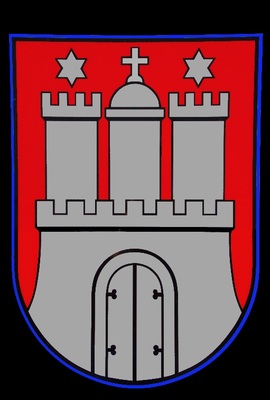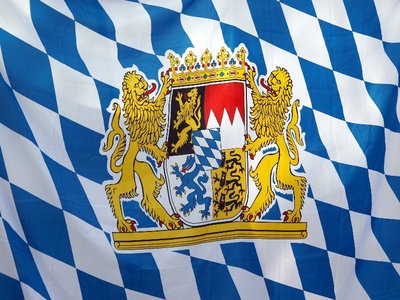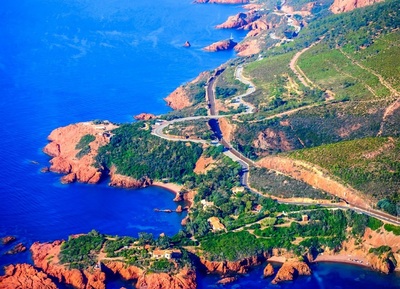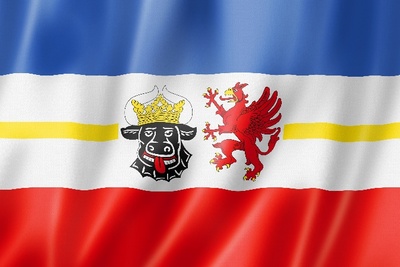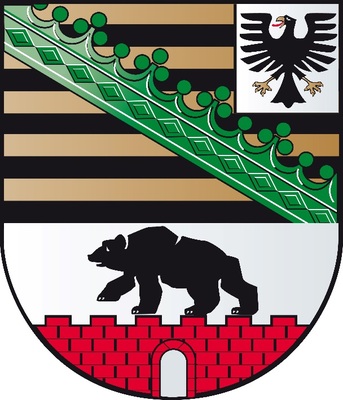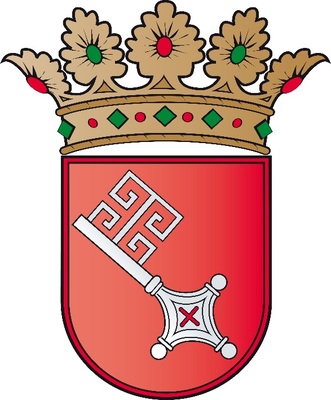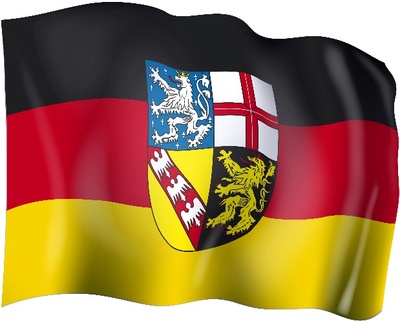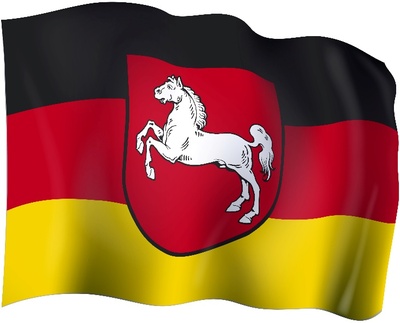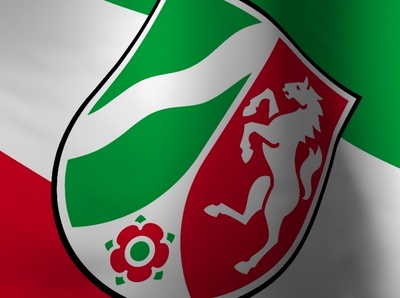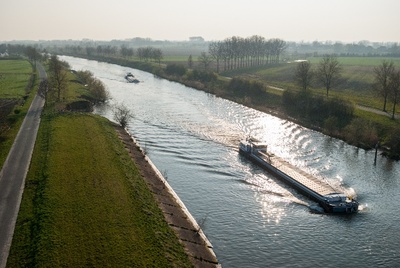
Vila Nova de Gaia, Portugal
- Add to favouritesVila Nova de Gaia
- Download

Vila Nova de Gaia is the largest municipality in the Greater Porto area. It has been a municipality since the 18th century, when it was formed by the merging of the towns of Vila Nova and Gaia. It was granted city status in 1984. As per the 2011 census, it is Portugal’s third most populous city. Its history as a commercial centre and fishing port have made Vila Nova de Gaia a great trading post, home to the warehouses of most of the country’s exporters and, from 1777, the base for all companies exporting port wines.
Examples of projects and initiatives supported by the EU
Rehabilitation of Buildings of Vila D'Este
A project to renovate the Vila D’Este residential estate, which took place from 2009 to 2015, received 85 % of its funding from the European Union. The project improved energy efficiency, made the buildings more comfortable for residents and upgraded local facilities.
Consolidation of the Escarpment of Serra do Pilar
The Serra do Pilar hill and the monastery of the same name dominate Vila Nova de Gaia’s skyline. As part of the Norte 2020 Operational Programme, a project to strengthen and secure the Serra do Pilar hillside has been approved. The works were important for public safety reasons, since the hillside had begun to show signs of subsidence. This project was supported with over EUR 2 million from the Cohesion Fund.
Modernise and upgrade Valadares and Sophia de Mello Breyner primary schools
As part of a wider effort to renovate school buildings, work has been undertaken to modernise and upgrade Valadares and Sophia de Mello Breyner primary schools, co-financed by the European Regional Development Fund at a rate of 85 %. EUR 1.7 million has been spent renovating each school.
GAIA+Success
Gaia city council launched its GAIA+Sucesso programme in the 2018 academic year to improve academic attainment in schools. The aim is to make classrooms more engaging by incorporating new technologies into schools and equipping students with tablets. The project, which will benefit some 15 000 children in 107 schools, received 85 % of its funding from the European Social Fund.
- Further information
Norte 2020, https://norte2020.pt/programa/projetos-lista
Portuguese National Institute of Statistics, http://www.ine.pt/
European Parliament Liaison Office in Portugal , https://lisbon.europarl.europa.eu/pt
EPRS | European Parliamentary Research Service , http://www.epthinktank.eu/



















































